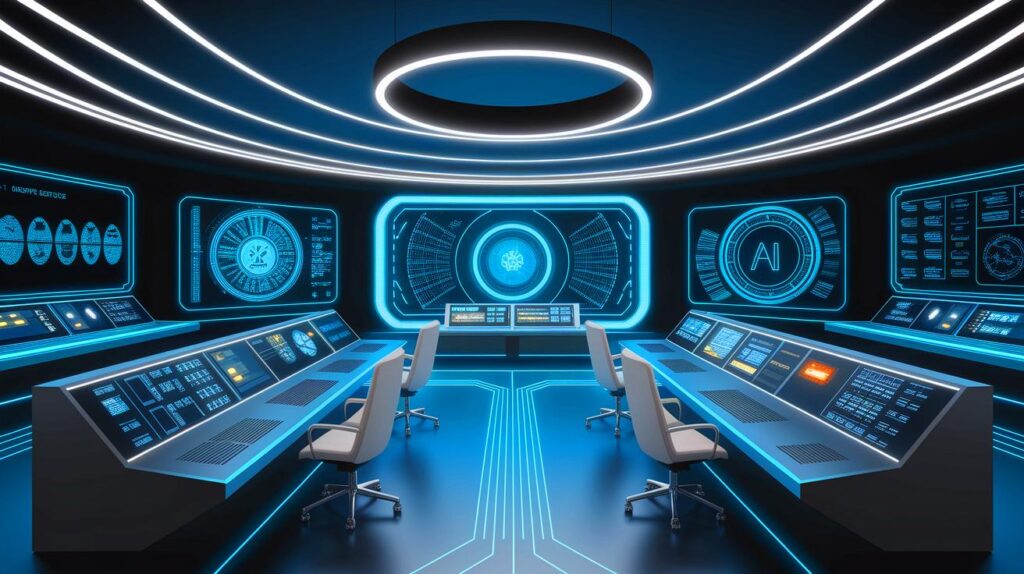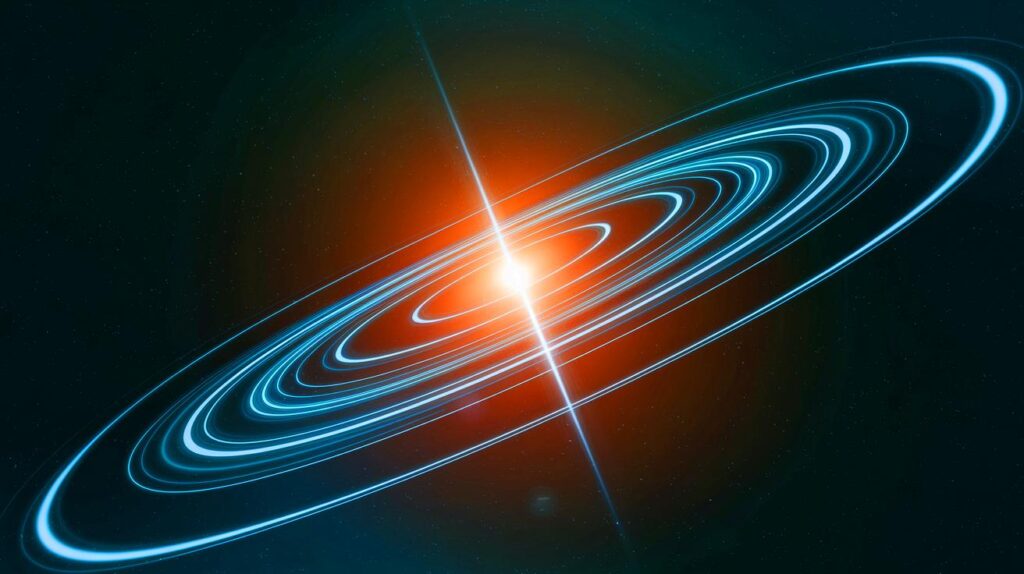| IN BRIEF |
|
Nuclear energy is often viewed as a promising solution to contemporary energy challenges. While the debate around its relevance continues, the need for effective monitoring of nuclear systems cannot be underestimated. Recent advancements in artificial intelligence are providing new perspectives in this field. The integration of real-time monitoring systems utilizing machine learning could revolutionize our approach to nuclear safety, allowing for quicker and more precise responses to potential issues.
A System Designed for the Future
At the Grainger College of Engineering at the University of Illinois at Urbana-Champaign, Assistant Professor Syed Bahauddin Alam, in collaboration with artificial intelligence experts, has developed a revolutionary method for monitoring nuclear systems. This method is capable of making predictions 1,400 times faster than traditional computational fluid dynamics (CFD) simulations. By utilizing virtual sensors that work in parallel with physical sensors, it becomes possible to monitor signs of degradation and wear in hard-to-reach environments.
Traditional methods, such as CFD, are often too slow to provide real-time results in nuclear power plants. This slow pace can lead to delays in detecting problems and compromise safety. Alam’s new approaches, which rely on machine learning, are filling these gaps by offering faster and more precise monitoring, which is essential for preventing potential risks.
Inspiring Statements from Alam
Syed Bahauddin Alam emphasized the significance of this new approach in monitoring nuclear systems. According to him, “Our research introduces a new method for securing nuclear systems by using advanced machine learning techniques to supervise critical conditions in real time.” This approach allows for the creation of a virtual map of reactor operations, providing constant feedback without needing to place physical instruments in hazardous areas.
By leveraging the high-performance computing capabilities of the Delta system at NCSA, Alam was able to execute data generation tasks on CPU nodes and manage training and evaluation on a GPU node equipped with NVIDIA A100s. This work, supported by the Illinois Computes program, has accelerated monitoring while significantly improving the accuracy and reliability of safety measurements.
Researcher Perspectives
Researchers involved in this project shared their views on the impact of this collaboration. Seid Koric, Chief Technical Associate Director for Research Consulting at NCSA, highlighted the optimal use of high-performance computing resources and multidisciplinary expertise to advance transformative engineering research. This synergy between advanced AI methods, cutting-edge computing resources, and domain expertise has accelerated research while enhancing the accuracy and reliability of critical safety measures.
According to Abueidda, a research scientist at NCSA, “By uniting our specialized skills, we have pushed the boundaries of real-time monitoring and predictive analysis in nuclear systems.” These advancements highlight the potential of computational science to tackle pressing challenges in nuclear energy.
Implications for the Future
The integration of artificial intelligence into the monitoring of nuclear systems could transform how these systems are managed. By making monitoring faster and more accurate, these new methods not only enhance safety but also improve overall energy efficiency. The prospects for interdisciplinary collaboration and technological advancements offer new opportunities to address the complex challenges related to nuclear energy.
As we continue to explore these innovative solutions, one question arises: How will these technological innovations influence the future of nuclear energy and global energy security?







